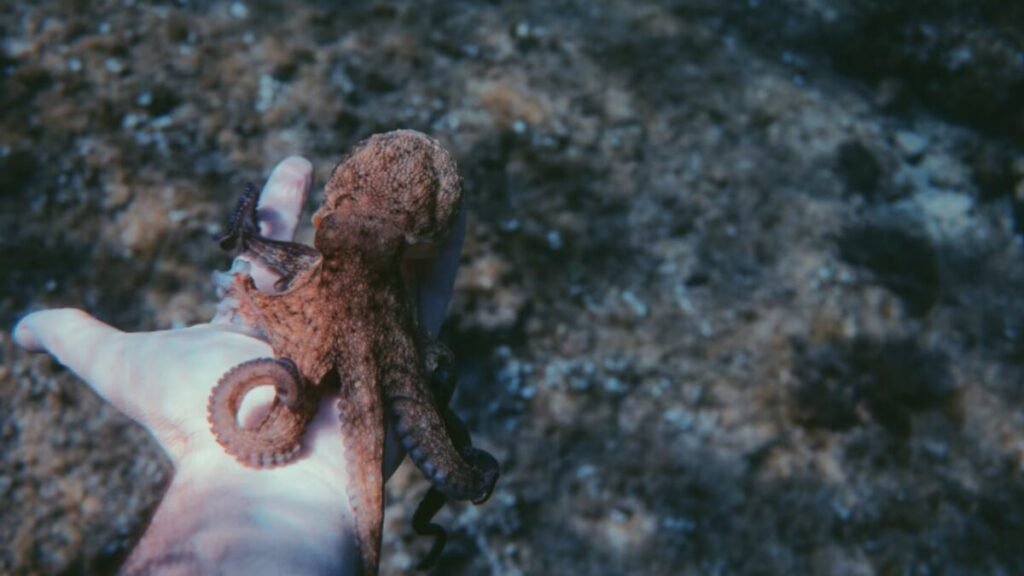Octopuses’ Rapid Transformation Phenomenon: Unveiling a Fascinating Biological Secret in Marine Science

No other animal on the planet can transform with such precision and speed like an octopus. In just an instant, its body changes color, adopts new textures, and even imitates the form of other marine beings. This phenomenon, which has captivated biologists and neuroscientists, demonstrates that camouflage is just a small part of a much more sophisticated biological system.
### The mechanism behind an impossible transformation
Octopuses, along with cuttlefish and squids, belong to the cephalopods, true masters of adaptation. Their skin is covered with millions of chromatophores, pigment cells that act like biological pixels. Each one contains a tiny pigment sac surrounded by muscle fibers. When these muscles contract or relax, the color point expands or reduces, generating a constantly moving mosaic.
The process doesn’t end there. On the surface of their skin, octopuses can raise papillae, small structures that alter their texture to look like sand, coral, or rock. Cuttlefish and deep-sea squids go even further: they have photophores, cells that emit their own light, capable of creating a bioluminescence spectacle in the marine darkness.
### The art of disappearing (and scaring)
Their talent for camouflage has a clear purpose: survival. A blue octopus can blend in with the sandy background by adopting light tones, or turn dark and rough when perched on a rock. Cuttlefish, on the other hand, fold their arms and mimic swaying algae in the current.
However, camouflage isn’t always used for hiding. Sometimes, it’s a resource for intimidation. When an octopus feels exposed, it darkens its body, stretches its arms, and makes itself appear larger. Some cuttlefish draw fake eyes on their mantle, a classic defense tactic.
The most spectacular case is the blue-ringed octopus, which displays electric flashes on its yellow skin as a warning of its potent venom. Another extreme example is the mimic octopus, which pretends to be lionfish or other fish. In a matter of seconds, it changes its silhouette, undulates its arms, and transforms its body into a perfect replica of its enemies.
### Hunting, communicating, and courting: the language of color
Cephalopods not only disguise themselves: they actively deceive. Some cuttlefish move imitating crabs to approach their prey without raising suspicion. Caribbean squids swim backward, waving their arms as if they were parrotfish. They even project moving patterns—circles, stripes, shadows—to disorient their victims.
Communication among cephalopods is equally complex. Some species use luminous flashes to coordinate group movements or courtship displays. Humboldt squids use their photophores as synchronized beacons, visible hundreds of meters away in the darkness.
During courtship, the visual spectacle becomes almost theatrical: blue octopus males display black stripes on a pale body to attract females; reef squids dye themselves bright red. Some even deceive their rivals: smaller males adopt the appearance of females to approach them undetected.






